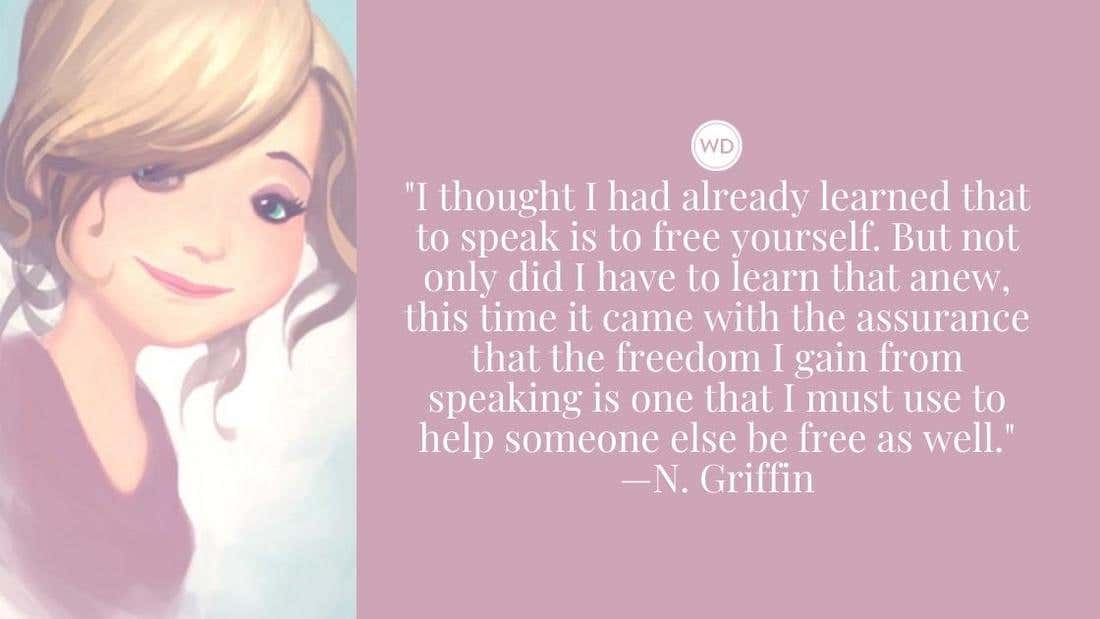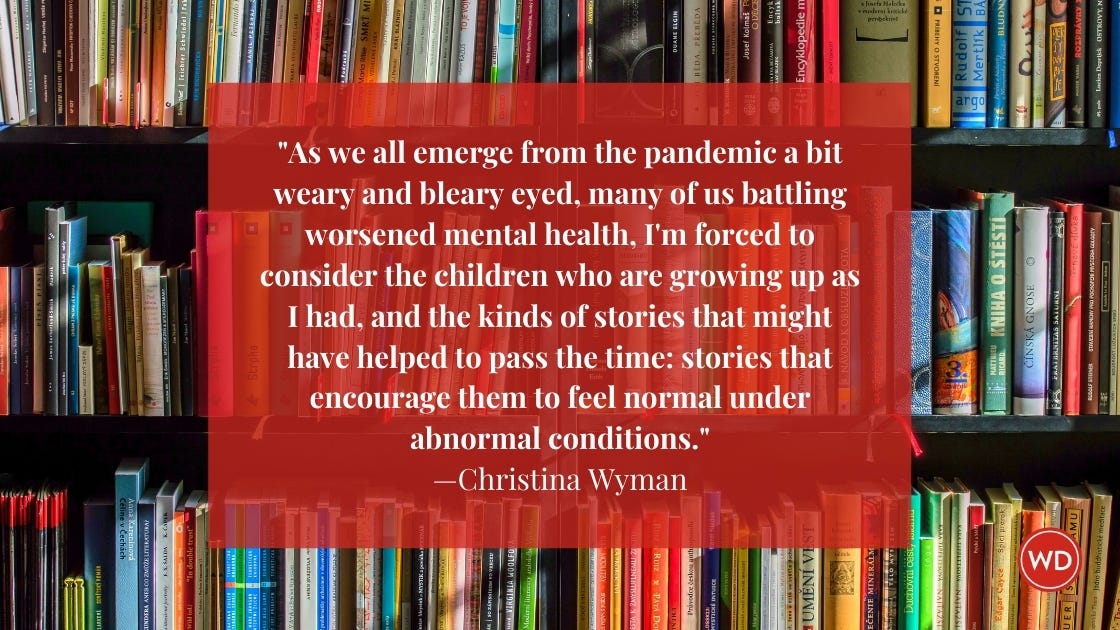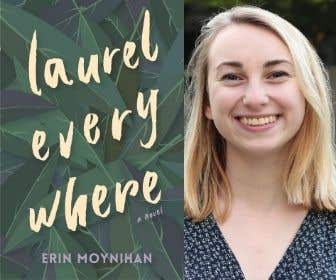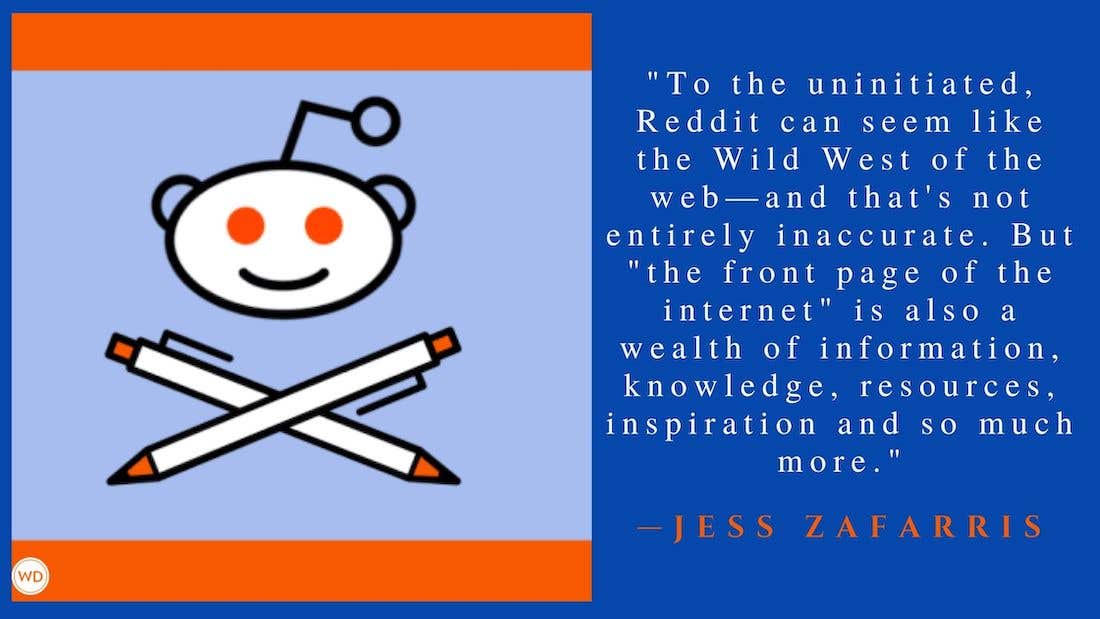On The Edge: Poetry for the Younger Set
Will the creation of a Children’s Poet Laureate and the staying power of novels-in-verse allow room for new writers in this burgeoning market?
FOR MANY PEOPLE the magic of poetry is lost during the tumultuous teenage years; giggles are replaced with furrowed brows, and well-worn poetry collections give way to anthologies opened only the night before a test. But a genre that's proving to be popular—along with the increased prominence of children's poetry—might change that.
Lately, more attention has been given to children's and YA poetry. Last year, the Poetry Foundation inaugurated Jack Prelutsky as the United State's first Children's Poet Laureate. And novels-in-verse, largely written for a middle-grade/YA audience, have proven to be more than just a fad. Industry professionals also claim picture books, which include poetry picture books, are making a comeback.
For lovers of poetry, there's hope that this attention—coupled with compelling, new voices—will help children maintain their passion for verse into their teen years and throughout adulthood. While this is seemingly good news for writers, it still can be a tough market to crack.
THE PRELUTSKY FACTOR
According to the Poetry Foundation, as Children's Poet Laureate, Prelutsky will "serve as an ambassador between the world of children's poetry and the culture at large, and will work to acquaint adults and children with the wealth of wonderful children's poems in the world."
Promoting poetry isn't new to Prelutsky—it's something he's been actively engaged in since his first book, A Gopher in the Garden, in 1967. When asked if this newly created position is increasing interest in children's poetry, Prelutsky says it is.
Janet Schulman, editor at large of Random House Children's Books, edited Prelutsky's most recent book, Good Sports. She says his role as Children's Poet Laureate is only part of the reason why children's poetry is getting more exposure. "There have been more seminars and panel discussions at conferences like The National Council of Teachers of English, the International Reading Association and the American Library Association," she says, adding that more teachers are using poetry as a platform for creative writing in class.
A CHANGING CHILDREN'S MARKET
"It's very easy to publish Jack Prelutsky and a handful of others, but there are a number of really good poets out there who are having trouble getting published because their previous books haven't sold well," Schulman says.
But she notices a shift. "We've had a real slump in the marketplace for picture books, and that usually encompasses poetry books that are in the picture-book format," she says. "The market is beginning to get over that hump, and picture books are beginning to come back the way they were 20 years ago when they sold very well."
Julie Larios, author of Yellow Elephant, says children's poetry seems to be on an upward swing. "Not only is it getting published, but it's also getting reviewed and getting some attention," she says.
Although it can be a tough market for beginners, some poets do quite well. "I feel like there's a perception among some people that poetry doesn't sell, but I think it does and can," says Steven Malk, an agent at Writers House who represents many children's and YA writers and illustrators, including several poets.
In general, poetry picture books are preferable to poetry collections, written by one writer. And anthologies, which often feature timeless poems culled from already-published work, tend to sell better than collections.
THE POWER OF SCHOOLS
Schulman credits much of Prelutsky's success to the fact that he's taken the time to visit schools. While this has increased his sales in schools and libraries, children also come home urging parents to buy his books.
For Bruce Lansky, editor of Kids Pick the Funniest Poems and publisher of Meadowbrook Press, schools are key to a poet's success. Each year, more than 15 poets who contribute to Meadowbrook's poetry books visit schools. "Once they go into schools, something new happens," Lansky says. "They develop the ability to gauge whether kids like their poetry." In addition, Lansky says poets can make good money doing this, too. "I'd say the majority of poets whose work is published make more money being paid by schools or libraries to perform than they do selling their poetry."
NOVELS-IN-VERSE DEFINED
The verse novel is a relatively new phenomenon that took off after Karen Hesse's Out of the Dust won a Newbery Medal in 1998. Although adult novels-in-verse exist, many are written for a younger audience. It's a novel told in poems that's as interconnected and cohesive as a novel told in prose, Malk says. "In a lot of cases, people forget they're reading poetry because the story is moving along and flowing just like it would in a prose novel."
Stephanie Hemphill has written a novel-in-poems, Things Left Unsaid, and a novel-in-verse chronicling the life of poet Sylvia Plath, Your Own, Sylvia. She says a novel-in-poems is a book in which the poems thematically go together with a narrative that pushes it forward, but each poem can also stand alone. In a novel-in-verse, pulling out a poem would be akin to pulling out a chapter. The whole is required for the story to make sense.
Sonya Sones has written four novels-in-verse, including her most recent, What My Girlfriend Doesn't Know. "I love the process of writing it in verse because I have to distill everything down to its essence," she says. "It also makes it easier to edit. Think of a story as a tapestry with various threads weaving together to create a bigger picture. If you decide that one of those threads is slowing down the book or isn't working quite right, it's much easier to extract that thread because they're all contained within separate poems."
For Hemphill, verse novels opened up the possibility of being able to write poetry and anticipate a large audience. "I think this is the most promising place for poetry right now," she says. "People actually bring these books to the beach."
VERSE NOVELS AND FORM
"I love the formal elements of poetry," Larios says. "I love sophisticated rhyme and meter. I don't see much of it in novels-in-verse, and I think some people think it's easier somehow. I admire people who are doing it well."
In novels-in-poems, form is essential. But in novels-in-verse, it can vary. While some novels-in-verse writers pay close attention to the formal elements of poetry, others are interested in telling a story in the novel-in-verse format. Malk says both have their place; which direction you take depends upon your goal.
"Some verse novelists are purists, and they'll include a poem only if it stands on its own as a separate entity," Sones says. "I find that limits me as a storyteller because I need to include dialogue, and I need to explain the passage of time and to weave intricate plots. So I made a decision to let the poetry come second. I love it when the poems can stand alone, but if they can't, I have to sacrifice that to tell the story."
Even though many of Sones' poems are written in blank or free verse, she stresses the importance of understanding poetry. "It's weird how everybody thinks, I'll write a novel-in-verse, as though everybody knows how to write poetry," she says. "I don't think everyone has a knack for it. If you're going to write poetry, you need to know the forms, and you need to know what makes a poem a poem."
Hemphill approaches her work from the poetry point of view versus the novel point of view. "If you're going to write a novel-in-poems as opposed to just beautiful, poetic prose, make sure you understand what line breaks are and why you're using them," she says. "Otherwise, novels are great. If you're just writing it because it's shorter, you don't have the right form." If your character needs to speak rhythmically or line breaks are necessary to hear the flow of speech, consider the verse novel. Great rhythm and meter are key.
ATTRACTING TEENS
"Novels-in-verse bring you straight to the feelings, and that's where teenagers live," Sones says. "They're so hyperaware of their emotions. Poetry really speaks to them."
Sones gets letters from teens who say the sheer number of words in novels discourages them from reading. Other teens who love to read are so involved in school, they don't have time for pleasure reading. Novels-in-verse, which can be read in one sitting, are welcoming.
Novels-in-verse also demystify and dehorrify poetry, Sones says. Hemphill agrees. "Novels-in-poems are very readable and understandable," Hemphill says. "They're not meant to distance the reader from language or comprehension."
BREAKING IN
Despite the media spotlight, newcomers to this genre should practice patience and prepare for rejection.
"You just have to keep at it," says Prelutsky, adding that many poets self-publish or seek out small presses.
If you're trying to break in as a new YA author, Hemphill suggests writing a successful novel first and then approaching the form. "There was a rash of novels-in-verse, and everybody was publishing them a few years ago," she says. "Now it's settled where each house has maybe one person who writes novels-in-verse."
For those brave enough to tap the door of this resurging genre, here's advice from some of its stars.
"I always carry a notebook," says Prelutsky. "That's so important. Even though our brains are big—mammalian brains are so wonderful—they are, in some ways, like a sieve. So if you don't write your ideas immediately, you'll lose them."
Prelutsky has been keeping notebooks for 40 years, averaging 12 each year. "That would be 480 notebooks. So if you stack them up, they'd be considerably taller than I am," he says. He keeps them all, sometimes culling through 30 years of notes for new material. "You never know what's going to be valuable."
Larios, whose adult poetry has been published in Ploughshares, says she uses the same tools whether she's writing adult or children's poetry. "I'm paying attention to the same things," she says. "The process doesn't change." But she changes—she says she's less cranky and more honest. "A bad children's poem plays down to its audience and assumes children aren't intelligent."
Children recognize forced rhymes. "If a poem pays too much attention to rhyme and meter, it can be heavy and not very interesting," says Larios. "I don't like poetry that oversells the kind of twinkly, sparkly things that people think the world of children is all about."
Reading and education are vital. "If you come in and don't know the market and where your book fits or doesn't fit, it doesn't make a good impression," Malk says. "If you really want to establish yourself as a professional, the more homework you do, the better. The more you read, the more you get into that world, whether it's going to conferences or just making yourself part of the community, the better."
Join the Society of Children's Book Writers & Illustrators. "Try to attend conferences," Malk says. "Network with other children's poets. Poetry is pretty specific, so the more you place yourself in that world and get to know and understand it, the better."
No matter what trend is hot, publishers are always looking for exciting, new voices and talent, Malk says. "I always believe that, and if it happens to be a new poet, terrific."
Kara Gebhart Uhl (KaraGebhartUhl.com) is the author of Cadi & the Cursed Oak, illustrated by Elin Manon (Lost Art Press). She has been writing and editing professionally for more than 20 years and has served as managing editor at Popular Woodworking and Writer’s Digest magazines. Today her freelance clients include book publishers, magazines, universities, blogs, and companies. Her essays and poetry have appeared in The New York Times online, TIME online, Literary Mama, Motherwell, and This I Believe: Life Lessons (Wiley). She lives in a 1910 house in Fort Thomas, Ky., just south of the Ohio River, with her husband and three teenagers.









